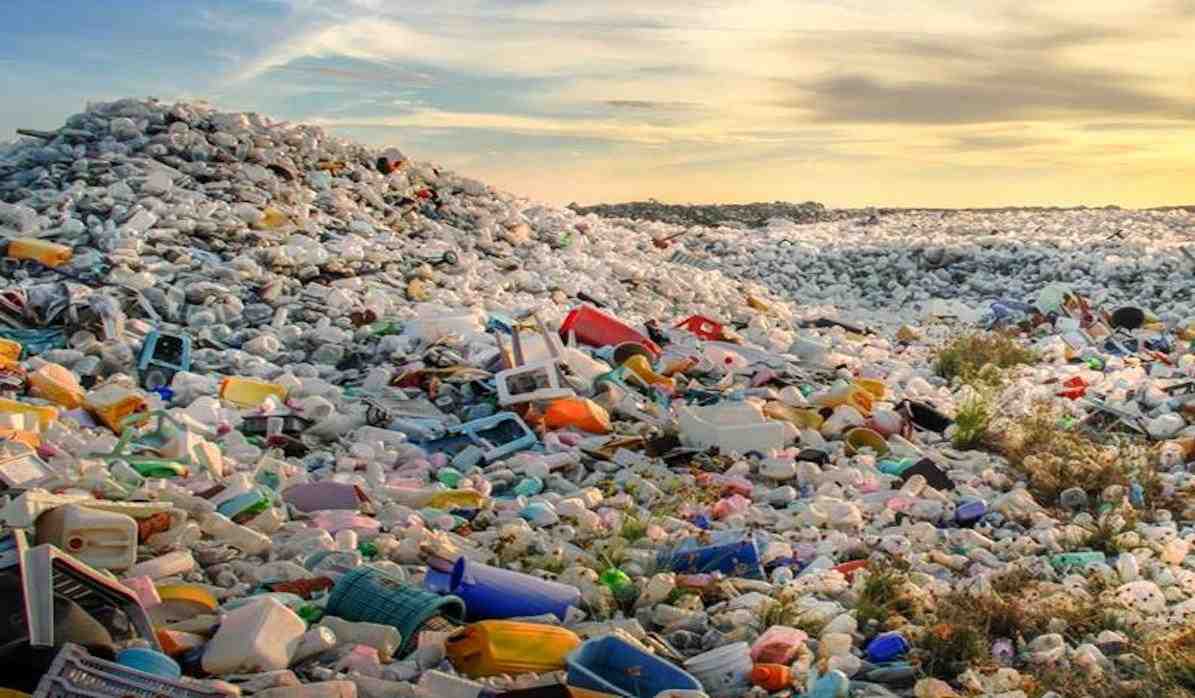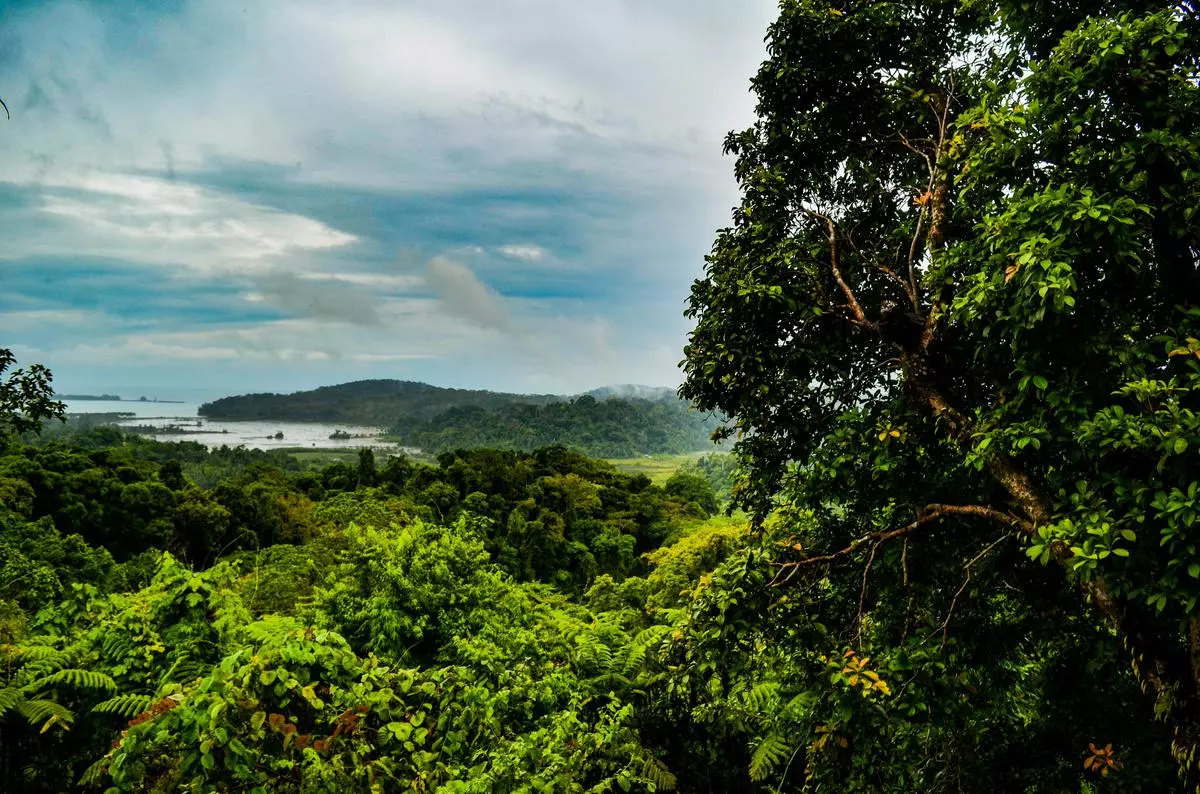The technical setbacks with Boeing’s Starliner mission spotlight ongoing challenges for the aerospace firm, significantly in regaining belief and stability. Boeing’s Starliner was launched with astronauts Butch Wilmore and Sunita Williams. It was the spacecraft’s first human-crewed mission to the International Space Station (ISS). The engine malfunctions and a helium leak have been detected quickly after launch. These points prompted NASA to go for another return plan utilizing SpaceX’s Crew Dragon capsule, prioritising astronaut security over-reliance on Boeing’s automobile.
A Series of Setbacks and Repercussions
Boeing’s Starliner troubles add to a troublesome historical past of technical points and high-profile incidents which have tarnished the corporate’s status for reliability. The setbacks with Starliner aren’t remoted; Boeing’s industrial division additionally confronted vital scrutiny following the tragic 737 Max crashes in 2018 and 2019.
A U.S. Congressional report in 2020 famous that cost-cutting pressures contributed to important security oversights, which, in flip, compromised public confidence in Boeing’s merchandise. The Maneuvering Characteristics Augmentation System (MCAS) is a system supposed to stop stalling, turned a focus of those accidents as a result of insufficient pilot coaching and lack of system transparency.
In response, Boeing restructured its security processes and expanded oversight measures, however the affect on its status persists.
Challenges in NASA’s Commercial Crew Program
Boeing and SpaceX have been awarded contracts in 2014 as a part of NASA’s Commercial Crew Program, receiving $4.2 billion and $2.6 billion, respectively, to develop astronaut transport autos. SpaceX’s Crew Dragon made its first profitable crewed flight in 2020 and has since persistently launched missions to the ISS. Boeing, nonetheless, has struggled with Starliner, which has but to finish a totally profitable mission with a human crew.
Future of Space Transportation and Competition
NASA’s want for dependable spacecraft suppliers has shifted in favour of SpaceX. They now often fulfills transportation necessities for the ISS. Boeing’s current challenges might encourage NASA to diversify its partnerships additional. Companies like Sierra Space are additionally exploring the event of crewed house autos, doubtlessly including to NASA’s choices.
A Long Road Ahead for Boeing
Despite these difficulties, Boeing stays dedicated to addressing security considerations and restoring belief in its capabilities. The firm’s monetary efficiency, nonetheless, displays the pressure, with $32 billion in losses since 2019. As NASA prepares for the ISS’s eventual decommissioning in 2030, new industrial house stations might open alternatives for Boeing’s Starliner.

















